The Corsair XTM70 Extreme Performance is convincing and even if the price is quite hefty even without iCUE, you still get an honest product. That’s a little spoiler in advance, even if the price really hurts me. At almost 17 euros for 3 grams, you have almost reached the gourmet temple and real caviar almost seems like an alternative bargain in comparison. Ok, so it costs, the paste. But how good is the paste compared to the already tested TF8 from Thermalright?
I can already say up front that Corsair has made a well-considered and good purchase and I was somewhat surprised that it wasn’t just the price that made people’s eyes pop. I don’t need to write much more as an introduction, because the company is well known, as is the sporty pricing, and it’s time for me to turn my attention to the product. After all, the customer decides what he spends his money on and, above all, how much.
Corsair also makes it really exciting, at least as far as the technical data is concerned. Rather than getting carried away and spreading creative news, it’s better to keep completely quiet. This type of sales promotion is at least honest, if not particularly transparent. But you have to complain about something. At the very least, you could have realized that there is at least one better paste. But that’s nagging at the highest level.

An important foreword on “bulk thermal conductivity” and false marketing promises
I am now deliberately prefacing this with two quotes that not only speak to me from the heart, but also absolutely agree with my laboratory measurements. Conventional pastes cannot achieve much more than 4 to 5 W/(m-K) under the usual conditions on a GPU or CPU in terms of layer thickness, temperature and pressure. Because these quotes are honest and unfortunately correspond to reality, I will use this part from now on as a standard quote in all paste tests of all manufacturers and put it in front. You can’t bend physics.
If you are wondering how you can arrive at figures above this limit, you should know that it is perfectly possible to adapt test conditions in such a way that you get close to astronomically high figures. However, testing in a bucket has nothing to do with reality, even if a known measurement method is used. Without knowledge of the exact circumstances, such values are completely misleading and meaningless. You could give many suppliers credit for simply not knowing any better and just copying the OEM’s data sheets, but it doesn’t make misleading consumers any better.
The mostly theoretically determined thermal conductivity values differ greatly depending on the application, as important factors such as contact pressure, temperature or surface cannot be taken into account uniformly. All our cooling products have therefore no longer given specific thermal conductivity values since the 4th quarter of 2020. We continue to rely on the test results of independent tests and reviews so that our customers can get a more realistic impression of the performance of our products in practice under comparable circumstances .
Arctic
ARCTIC has made a conscious decision not to provide thermal conductivity values for thermal pastes and thermal pads, as many manufacturers invent, artificially inflate or embellish these values. Thermally conductive paste has a thermal conductivity of 1 to 4 W/mK. Values outside this range, such as 12.5 W/mK, do not correspond to the truth. Many competitors state values above 4 W/mK to suggest better performance. This often leads to false expectations and dissatisfied users…
The previous “reference paste” will only be used for comparisons in the curve diagrams until the automatic, database-based chart generation is ready (soon). Then the best pastes will be used fully automatically for comparison in the charts (can be selected and deselected as with the fans at the time). The Alphacool Apex was and is the tool of choice for me for long-term comparisons, because I have been able to check its behavior for over 12 months. This point will be dropped when we switch to the database.
Real long-term simulations (3000 hours in 1000 cycles up to 90°C) are not feasible in terms of effort. That is why I can only make predictions, but I want them to be understood as such. It is virtually impossible to make scientifically sound statements in just a few days. Yes, you can identify a trend and scale it as a forecast based on existing data, but this is not something that allows you to make really reliable statements. Therefore, I am sorry to say that I have to leave out this important point. However, as far as time permits, I will take community feedback into account and add the comments and long-term experience of third parties to the database as a note in due course, if it seems necessary. In both a positive and negative sense. However, this is a subjective value that has no place in a comparative database.
Unboxing
In addition to the paste, you get a spatula, three Isopronal cleaning cloths, a wide squeegee for the thermal paste stencil and the stencil itself. The initiate likes to use cleaning cloths for glasses, which are much cheaper in comparison to offers from the computer trade and would certainly do without many a price-driving accessory 🙂
Technical data
Let’s leave the marketing aside and look at the technical data of this paste, which is available in various containers and sizes. We can see that the information on thermal conductivity is missing (red). The green shaded columns contain my measured values, the gray shaded columns contain the completely missing manufacturer’s data.
| Technical data | |
| Bulk thermal conductivity λ | n/a |
| Effective thermal conductivity λeff , | 4.724 W/(m-K) (Test method ASTM D5470-17) |
| Effective thermal resistance Rth 400 µm | 0.89518 cm²K/W (Test method ASTM D5470-17) |
| Effective thermal resistance Rth 200 µm | 0.50018 cm²K/W (Test method ASTM D5470-17) |
| Effective thermal resistance Rth 100 µm | 0.29156 cm²K/W (Test method ASTM D5470-17) |
| Effective thermal resistance Rth min | 0.12278 cm²K/W (Test method ASTM D5470-17) |
| Minimum layer thickness | 8 µm (at 60 PSI and 60 °C after 30 minutes) |
| Thermally conductive particles | Zinc oxide (ZnO), aluminum oxide (AL 2 O 3 ), silicone matrix (Test method LIBS, Keyence EA-300) |
| Volatilization rate (volatilization) | n/a |
| Density | n/a |
| Viscosity | n/a |
| Working temperature | n/a |
| Breakdown voltage | n/a |
| Contact resistance | n/a |
| Maximum pressure | n/a |
| Color | gray |
|
Accessories
|
3 cleaning cloths, application template and squeegee |
|
Container
|
Tube 3 g |
Further links and basics
Corsair XTM70 Extreme Performance Thermal Paste, 3g (CT-9010010-WW)

|
Lagernd im Außenlager, Lieferung 2-3 Werktage Stand: 01.05.25 20:44 | 16,85 €* Stand: 01.05.25 20:46 |

|
Auf Lager | 16,90 €* Stand: 01.05.25 20:46 |

|
Alsdorf: bei Vorbestellung in ca. 24h - 48h lagerndVersandlager: lagernd Stand: 01.05.25 15:45 | 17,90 €* Stand: 01.05.25 19:47 |






















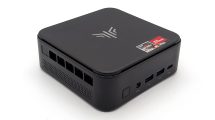

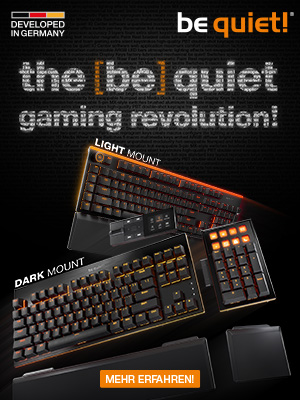
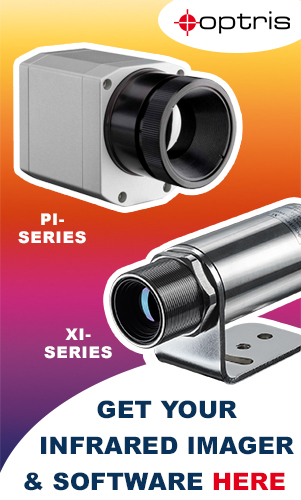
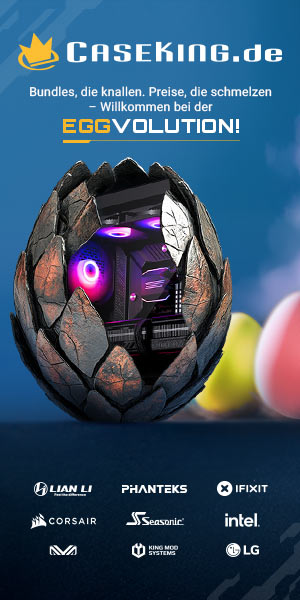



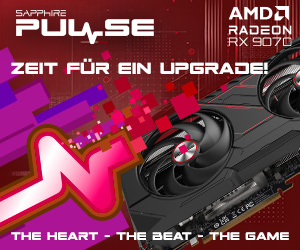
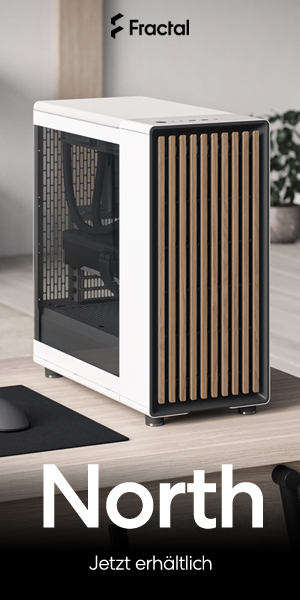
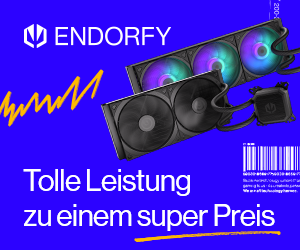
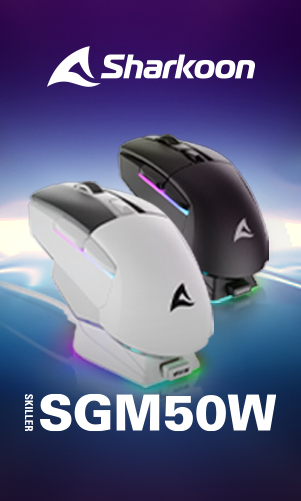
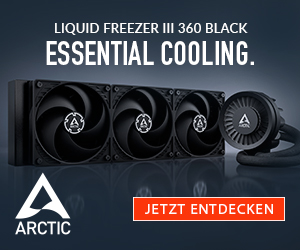

37 Antworten
Kommentar
Lade neue Kommentare
Urgestein
1
Urgestein
Urgestein
1
Mitglied
Urgestein
Mitglied
Urgestein
Mitglied
1
1
Mitglied
Urgestein
1
Urgestein
Veteran
Urgestein
Urgestein
Alle Kommentare lesen unter igor´sLAB Community →